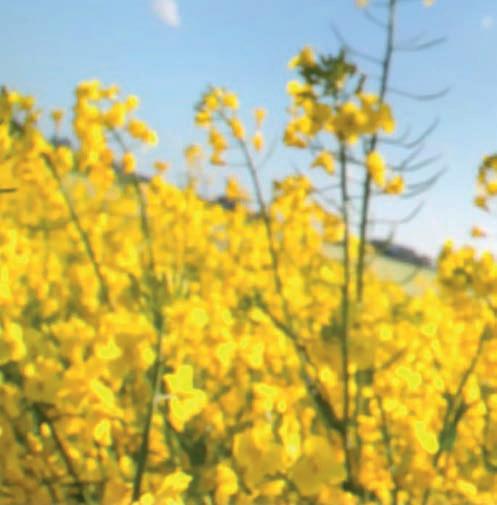
7 minute read
Is the price right for an OSR comeback?
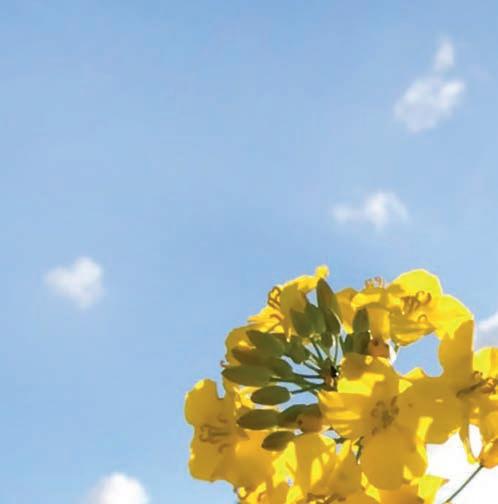
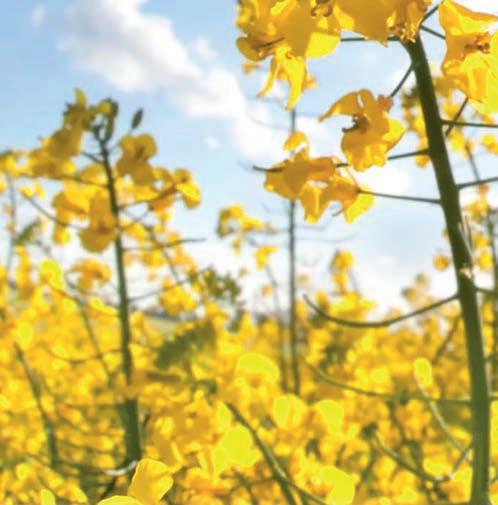


Economics might trump agronomics when it comes to planting oilseed rape this year as strong prices and good prospects tempt growers back to the crop. Cedric Porter reports.
The British countryside has become a lot less yellow over the last few years. In 2012, UK farmers harvested more than 750,000 hectares of oilseed rape. This harvest they will probably cut a crop of not much more than 300,000ha.
The loss of neonicotinoid seed treatments has hit yields hard, with many growers reluctantly giving the crop up despite a strengthening market. However, this year might be the time when some decide the economic gains from the crop are greater than possible agronomic losses.
Old crop delivered prices are above £440/tonne (April 26, 2021) and new crop prices are opening the season at above £400/t for the first time ever. Even August 2022 prices on the French Matif exchange are the equivalent of more than £350/t.
Condition
The 2021 crop looks to be in better condition than its 2020 equivalent. At the end of March, AHDB estimated 84% of the national winter OSR crop was in excellent (12%), good (29%) or fair (43%) condition. That contrasted with 37% in either poor or very poor condition at the same point in the 2019/20 growing season. The crop will have been affected by the dry spring, but it appears to be in better condition to weather any dryness than last year’s crop was.
The good news for British growers is the market is not just supported by tight UK supply, but a bullish global market. Vegetable oil prices have increased by nearly 90% over the last year, according to the UN Food and Agriculture Organisation’s price index,


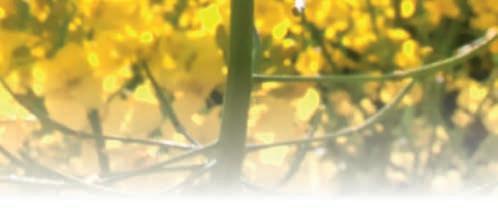

The UK oilseed production deficit is expected to continue into 2022 and beyond.
Is the price right for an OSR comeback?
outstripping the 25% growth in general food commodities and cereal prices.
Cold and dry conditions in major European and Canadian oilseed growing regions have affected crops, while there is also demand for non-soya or palm oils because of concerns over their sustainability.
The latest US Department of Agriculture estimates show global oilseed production up 3.3% on last year, with usage up 1.1% and stocks down 10.9% on the year and by a quarter over the last two years.
The UK market dynamics are even more favourable, according to Owen Cligg, trading manager at United Oilseeds.
“The UK may only produce a little more than half its oilseed requirement this year, resulting in strong demand for what is harvested. That deficit looks like continuing into 2022 and beyond,” he says.
United Oilseeds estimates the UK OSR planted area for harvest in 2021 is 310,000ha, but that will be the area low point. Strong prices and greater experience of growing in a post-neonic world could result in plantings of 425,000ha for the 2022 harvest, with 500,000ha planted for harvest in 2023.
“There is plenty of room in the market for that extra crop over the next two or three years,” says Mr Cligg.
“There was a 420,000t shortfall in UK OSR production last year when yields averaged just 2.8t/ha, but the deficit could almost double this year X
OWEN CLIGG
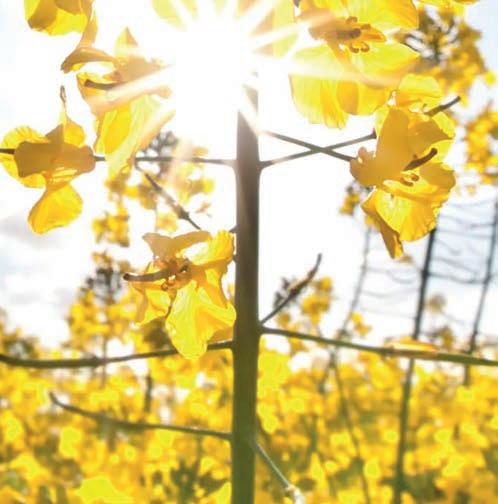
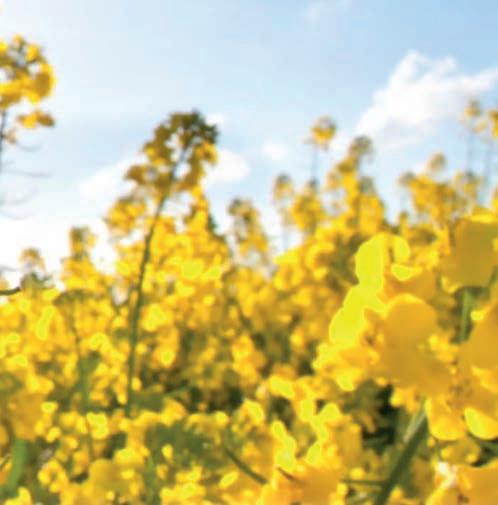


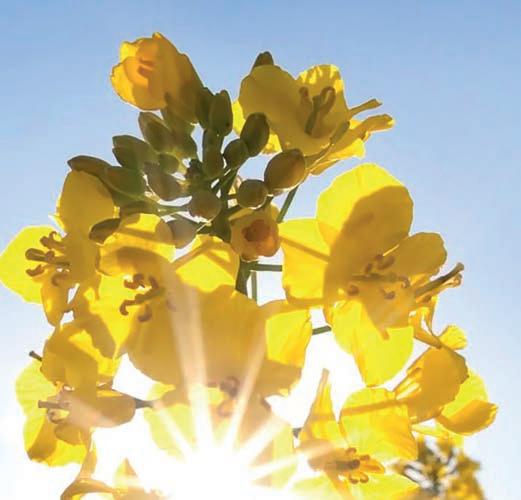
to 815,000t if there is a return to long-term average yields of 3.5t/ ha. We are predicting that the increase in plantings for the 2022 harvest could reduce the shortfall to 500,000t, while a further increase in plantings for 2023 could mean UK production matches usage.”
Mr Cligg adds that while the market prospects for OSR look favourable for this harvest and beyond, there is no guarantee of elevated prices.
“The market dynamic can change quite rapidly, with the possibility of a reduction in global demand of oil for biofuel, which could impact on prices. At current prices, it is certainly worth growers looking at locking in sales and value for at least some of their 2021 crop, while some may even want to agree prices for their 2022 crop.”
The condition of the 2021 OSR crop is variable, according to Ben Burrows, agronomist and partner with Crop Management Partners operating in southern England.
“Some has looked extremely well all the way through, some looks okay and the remainder has struggled,” he says, adding that the planted area is significantly down in his patch, with growers taking a break from the crop.
“Some crops came through winter well before going backwards due to cabbage stem flea beetle (CSFB) larvae.

Well-rooted
“I don’t think the dry spring is having a hugely detrimental effect provided the crop is well-rooted and nitrogen was applied early.”
He expects that if OSR prices remain high then more growers will want to give the crop another go after dropping it for a year or two. However, he urges growers to return to OSR with their eyes fully open to the risks.
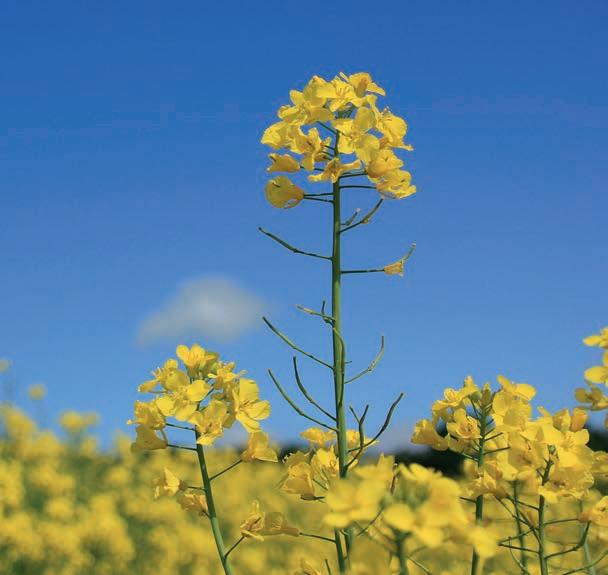
BEN BURROWS

Predicted state of UK OSR industry 2020-23
2.5
SOURCE: United Oilseeds
2
Units in millions
1.5
1
0.5
0
-0.5
-1
Harvest year 2020
Harvest year 2021 (predicted)
Harvest year 2022 (predicted)
Harvest year 2023 (predicted) Oilseed rape still offers good profit margins, provided growers are aware of the risks says Ben Burrows.
“Do not only assess whether you should be growing OSR, but whether you are prepared financially and mentally for the possibility of crop loss at any point – unfortunately we are at that level of risk with the crop.”
He adds that at £400/t, a mediocre crop can still be profitable, but for some growers even achieving a mediocre crop can be a struggle.
“I would just urge people to consider the level of risk they are willing to take as, for all of the crop’s good points, there are still significant risks involved. However, when the crop does go to plan and reasonably well, it is difficult to beat financially and in terms of a good break.”
There are no single alternative CSFB control strategies that can be relied on, says Mr Burrows, but planting early before flea beetle migration has taken place or later after migration when there is good soil moisture or the prospect of rain helps. Drilling with low disturbance and leaving some stubble may also help, but so can preparing a cleaner seedbed if it allows the crop to get a good start.
“For me, the jury is still out on whether companion cropping is actually providing benefits in terms of flea beetle, although I am certain it provides benefits more widely, but the advantage of planting OSR either into or with companions is that if the OSR doesn’t make it, you still have a cover crop in the ground which you can make decisions on from there.”
There are other threats growers should be aware of when returning to OSR, he adds, including cabbage root fly, especially in crops drilled in early August. Clubroot remains a risk in early-planted crops, although it can be managed by planting clubroot-resistant varieties.
UK OSR crop area 2012-23
800
700
Units in thousands
600
500
400
300
200
100
SOURCE: United Oilseeds









